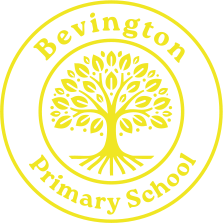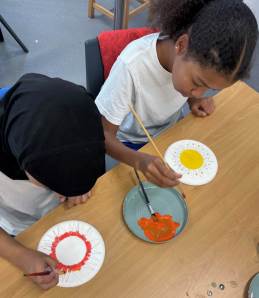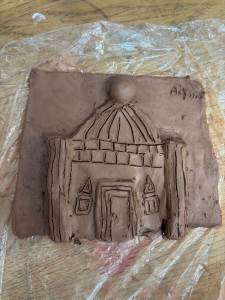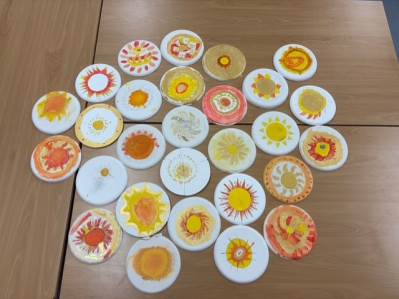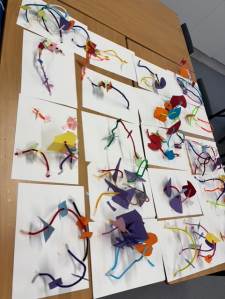Art
Art
Intent
At Bevington Primary School, our art curriculum is built on the principles of a knowledge-rich education. Pupils gain a deep understanding of art history, materials, processes, and visual culture. Our intent is for children to see themselves as artists—creative individuals who can express their ideas, emotions, and identities through the visual arts.
The curriculum gives pupils regular opportunities to:
- Explore a wide range of artistic techniques including drawing, painting, sculpture, collage, printmaking, photography and textiles
- Study significant artists, architects and designers from across history and around the world
- Build knowledge of critical artistic movements and periods—from Ancient Greece and Rome to 20th-century Modernism
- Understand how art connects with religious, social, and cultural traditions across different societies
We believe that every child can think like an artist. Our curriculum ensures that children are taught not only how to create but also how to reflect on what they and others have created, giving them the language and confidence to engage with art intellectually and emotionally.
Implementation
Art is taught weekly by a specialist teacher, ensuring depth, rigour and continuity across year groups. The curriculum is carefully sequenced so that skills and knowledge are revisited and built upon over time. Lessons are designed to interweave three key strands:
- Practical Knowledge – Pupils learn to use tools, techniques and materials effectively, practising and refining their skills across various artistic disciplines.
- Disciplinary Knowledge – Pupils develop the ability to think critically about artworks: describing, analysing, and evaluating the intentions behind artistic choices.
- Substantive Knowledge – Pupils are taught about key figures, movements, materials, and styles that have shaped art history and how visual culture reflects the beliefs, values, and stories of different people and places.
Each unit of work connects to a specific artist or tradition, providing historical and cultural context. For example, children study Islamic geometric art, Ancient Roman mosaics, the architecture of the Italian Renaissance, and the bold abstraction of 20th-century Modernism. These case studies are not just illustrative but integral to how pupils build and organise their artistic knowledge.
Sketchbooks are used across the school to record ideas, experiment with media, and reflect on progress. They serve as both creative journals and evidence of learning over time.
Impact
By the time children leave Bevington, they will:
- Know about a wide range of artists, movements and materials
- Be able to apply artistic techniques with increasing fluency and control
- Use visual language and vocabulary to describe, interpret and evaluate their own work and that of others
- Approach creative tasks with independence, purpose and reflection
The impact of our curriculum is visible in the quality of pupils’ artwork, the development of their sketchbooks, and their ability to speak confidently about what they know and can do. Through this carefully planned and taught curriculum, children grow into thoughtful, expressive artists with a genuine appreciation for the role art plays in shaping our world and themselves.
